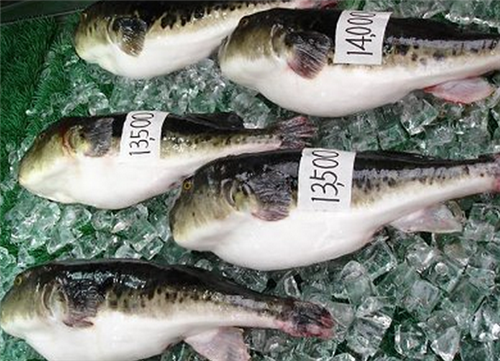We are often worried about the use of chemical additives in their food, but we may overlook the poisons already in some foods we commonly eat. By digging deeper into the details, you will realize that a number of fruits contain deadly forms of poison. Come on and see the poisonous foods we commonly eat and if you eat them in a wrong way!
Poisonous Foods We Commonly Eat
Potatoes
Potatoes have now become one of the most important vegetables in western and eastern daily diet, but you may not know that the leaves, stems and sprouts of potatoes contain poison. The potato itself may become poisonous if you leave it to turn green. The green color is mainly due to the presence of the glycoalkaloid poison. Potatoes also produce chaconine and solanine for protection against disease, insects, and predators. Eating poisonous potatoes may lead to diarrhea and severe vomiting. So you should check whether the potato turns green or there are some sprouts on it before preparing meals.
Tomatoes
Many people ask questions about how poisonous tomatoes can be. Are tomato leaves poisonous? Or are there toxins in tomatoes only? Actually, the tomatoes only are not poisonous foods. A tomato is just an ovary, but its stems and leaves can be toxic due to a chemical called "Glycoalkaloid". This chemical can upset your stomach, so it is a good idea to remove these leaves before cooking.
Castor Beans
Castor oil is used frequently in most households, but what many people don't know is that the castor beans can be so deadly. In fact, one castor bean can kill an adult and four beans are enough to kill a horse. The castor oil is usually prepared with extreme care to make it edible. Even the workers who collect these beans follow strict safety guidelines, but many still fail to avoid terrible side effects.
Mushrooms
Many people are aware of the fact that toadstools are poisonous, but do you know a toadstool is a mushroom? Yes, some mushrooms can be poisonous. While there are certain signs that help you identify poisonous mushrooms, they may not always be correct. A mushroom is usually not poisonous if it has black or pink gills, and has a flat cap with no visible bumps. Mushrooms with white gills are usually poisonous. It is not always true though. Some of the known poisonous mushrooms are Autumn Skullcap, Fool's Mushroom, and Death Cap.
Cherries
How can cherries be poisonous foods? Used in liqueur production and cooking, cherries are quite a popular fruit. They belong to the same family as apricots, plums and peaches. However, the seeds of cherries are toxic, and you may find yourself in trouble if you crush and chew them. The seeds contain prussic acid or hydrogen cyanide, which can be lethal if consumed in large quantities.
Lima Beans
Also called butter beans, lima beans look innocent but can be extremely dangerous if eaten raw. Like many other legumes, these beans contain a very high level of cyanide, which is mainly the defense system of the plant. The cyanide levels are not that high in commercially grown lima beans in the United States, but things are not that impressive in less developed countries. You should cook it uncovered and thoroughly to avoid getting in trouble.
Pufferfish
Pufferfish has to be there in the list of poisonous foods. It contains a deadly toxin called "tetrodotoxin" and it may come as a surprise to many that this toxin is about 1,200 times deadlier than cyanide. The studies have shown that the poison found in one pufferfish is usually enough to kill 30 adults. Still, many people don't care about these facts and they love eating it. It's quite popular in Japan where they call it "Fugu". The encouraging thing is that only specially trained, licensed chefs can prepare it, but on the other hand, it's frightening to know that 23 people has died in 338 Fugu poisoning cases in Japan.
Almonds
Many people may not know that bitter almonds are poisonous and contain cyanide. In fact, the studies have found that about 20 bitter almonds are enough to kill a person. Can it be a small murder weapon then? You never know!
Cassava
Bitter cassava originally comes from South America, and it is one of the most important sources of calories in the tropics. Quite like almonds, bitter cassava contains cyanide, but it doesn't cause any damage due to the protein you have in your diet. It may cause some issues if it is not properly soaked or dried. It has become a cause of concern though in the countries like Africa where people suffer from a chronic form of cyanide poisoning called konz.












View All Comments /Add Comment